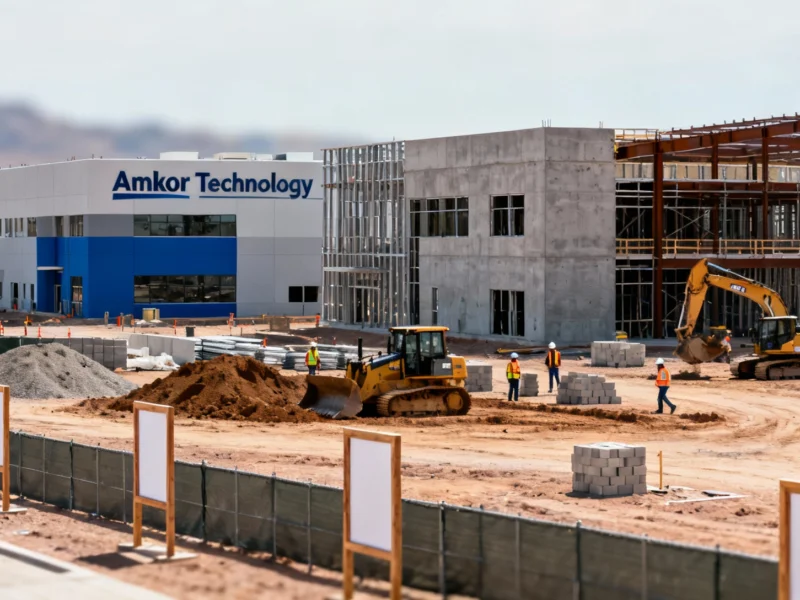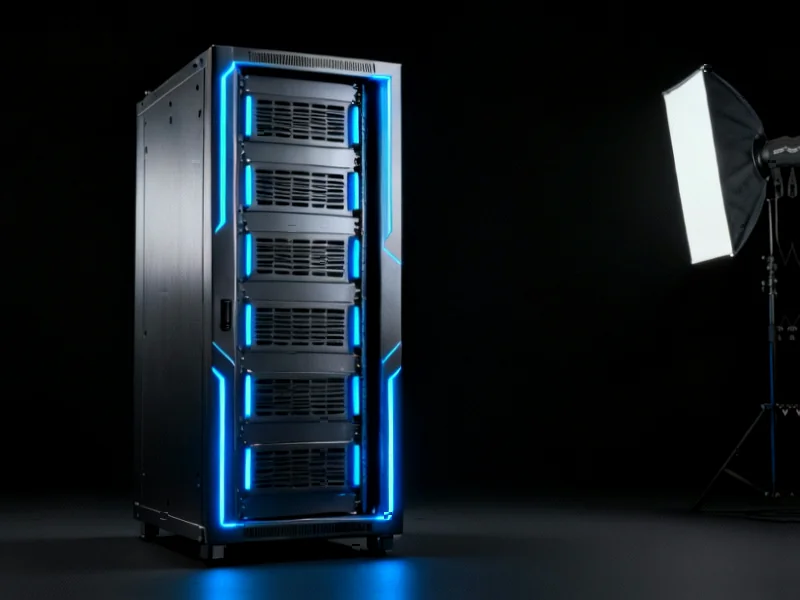According to EU-Startups, Swedish BioTech startup Cellcolabs has secured €10.3 million in funding led by Titian Capital to scale its industrial production of mesenchymal stem cells. The company aims to reduce stem cell costs by 90% by 2035 through its proprietary manufacturing protocol, positioning itself to address the growing demand for affordable regenerative therapies. This substantial investment reflects a broader European push toward making advanced cellular therapies more accessible.
Table of Contents
Understanding the Stem Cell Manufacturing Challenge
The fundamental challenge in stem cell therapy has always been scaling production while maintaining quality and consistency. Traditional methods rely on small-batch manufacturing that’s inherently expensive and difficult to standardize. Mesenchymal stem cells (MSCs) are particularly valuable because they can differentiate into various tissue types and have immunomodulatory properties, making them suitable for diverse therapeutic applications from musculoskeletal repair to cardiovascular prevention. However, current production methods often lack the industrial rigor needed for widespread clinical adoption, creating a bottleneck that keeps costs prohibitively high for many research institutions and healthcare systems.
Critical Analysis of the Scalability Promise
While Cellcolabs’ ambition to reduce costs by 90% is compelling, several hurdles remain unaddressed in the broader discussion. The transition from laboratory-scale to industrial production introduces complex challenges around quality control, batch consistency, and regulatory compliance. Their proprietary protocol must demonstrate not just scalability but also long-term stability across multiple production cycles. The company’s 2035 timeline for achieving this cost reduction suggests they anticipate significant technical and regulatory hurdles ahead. Furthermore, as a relatively young startup company founded in 2021, they must prove their manufacturing process can maintain cell viability and therapeutic efficacy at commercial scales that even established players like Lonza and Thermo Fisher haven’t fully mastered.
Industry Impact and Competitive Landscape
Cellcolabs’ approach represents a fundamental shift in how the industry thinks about cellular therapies. Rather than focusing solely on developing specific treatments, they’re building the manufacturing infrastructure that could enable an entire ecosystem of regenerative medicine applications. This positions them as an enabler rather than just another therapy developer, potentially creating a B2B model that serves both research institutions and clinical providers. The €10.3 million investment from Titian Capital, denominated in euros, signals that sophisticated investors see the infrastructure layer as a critical missing piece in the regenerative medicine value chain. While competitors like Finland’s StemSight and Denmark’s Fuse Vectors focus on specific therapeutic applications, Cellcolabs’ platform-agnostic approach could give them broader market relevance if they can successfully execute their scaling strategy.
Market Outlook and Realistic Projections
The success of Cellcolabs’ vision hinges on several factors beyond their control, including regulatory pathways for allogeneic stem cell therapies and broader market adoption of cellular treatments. While demand is indeed growing, the healthcare industry’s conservative adoption curve for new technologies means widespread clinical use may take longer than anticipated. Their business model of supplying cells to hospitals, academic institutions, and private clients creates multiple revenue streams but also requires navigating different regulatory and commercial landscapes. The company’s stated ambition to industrialize stem cell production represents a long-term play that could fundamentally reshape how regenerative medicine is developed and delivered, but achieving their 90% cost reduction target will require overcoming significant technical, regulatory, and market barriers that have historically constrained the field.



